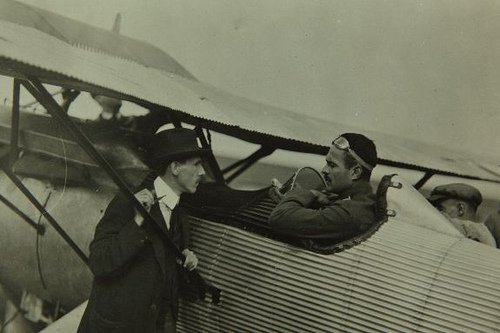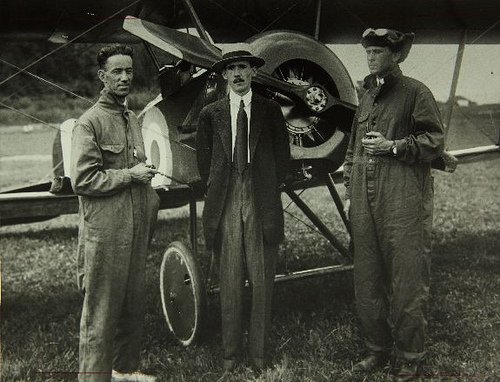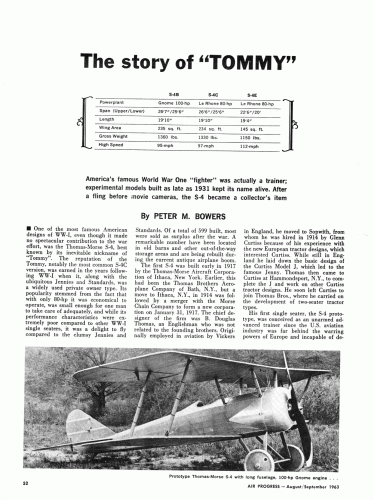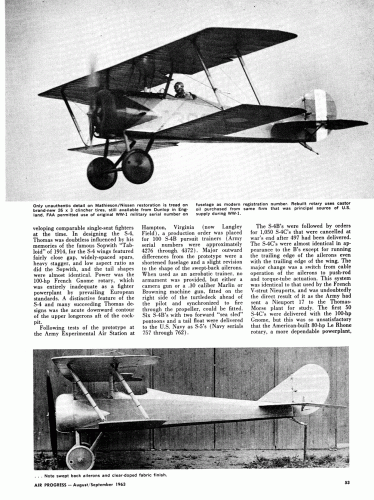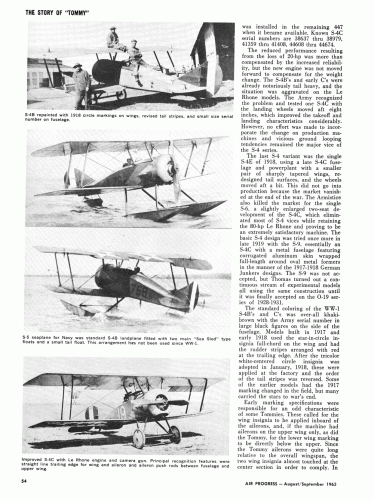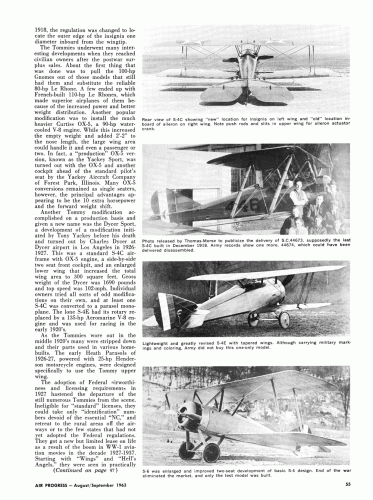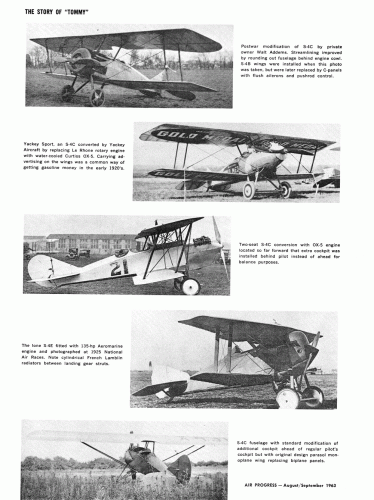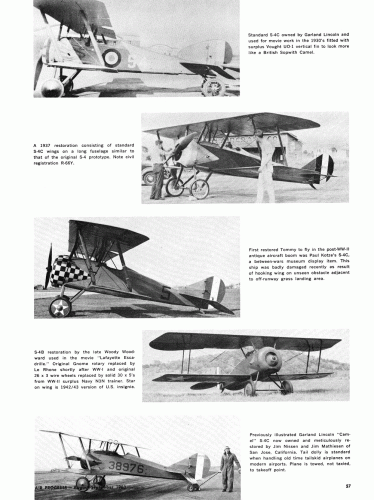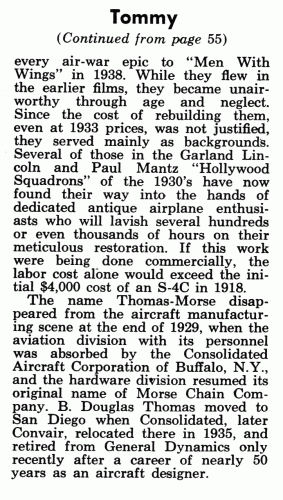Jan den Das
ACCESS: Secret
- Joined
- 27 December 2008
- Messages
- 290
- Reaction score
- 64
Hai
The S-series of the Thomas-Morse factory started with the S-4.
Who has information etc. concerning S-1, -2 and -3 projects?
In the line of the S-4 there is missing the S-4D who has any information of this project?
The S-5 was original with an rotary engine was later rebuild with a water cooled engine.
Who can help me with drawings/dimension/colors/etc. of this version?
Thanks
J.
The S-series of the Thomas-Morse factory started with the S-4.
Who has information etc. concerning S-1, -2 and -3 projects?
In the line of the S-4 there is missing the S-4D who has any information of this project?
The S-5 was original with an rotary engine was later rebuild with a water cooled engine.
Who can help me with drawings/dimension/colors/etc. of this version?
Thanks
J.

